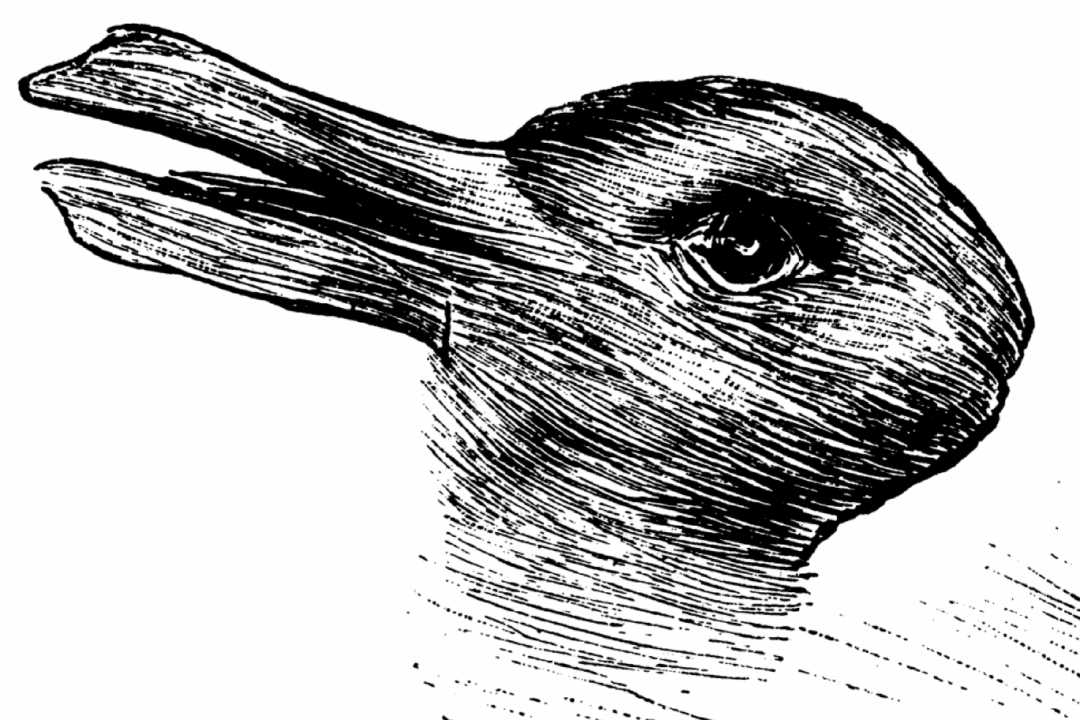An image published in a German magazine about 124 years ago is turning heads this week.
The picture, published in 1892, shows a drawing of a duck-rabbit hybrid, and it is supposed to be a psychological test. It was later made famous by U.S. psychologist Joseph Jastrow in 1899.
The Daily Mail reported on Jastrow’s findings, and he said that the speed in which someone sees each animal—the bunny and the duck—is an indicator of one’s creativity level.
He used the illusion to determine how people “see” with their brains as well as their eyes. His research suggested that more creative people can switch between the duck and the rabbit at ease. The faster one does this, the quicker one’s brain works, he said.
One possibility is that most individuals, regardless of handedness, tend to scan from left to right.





